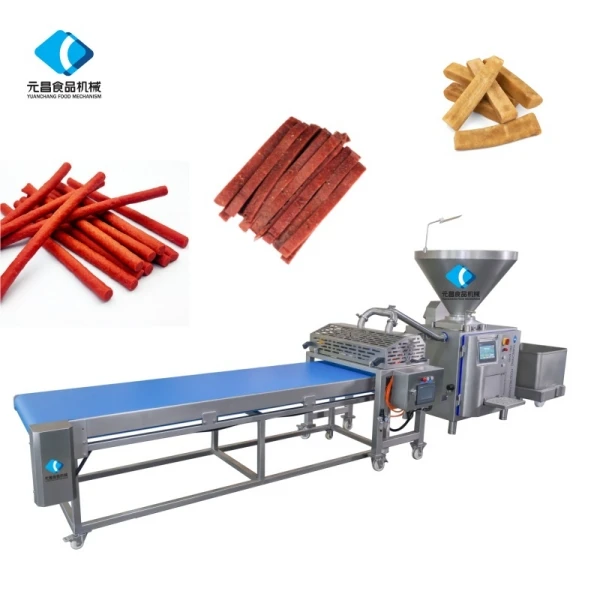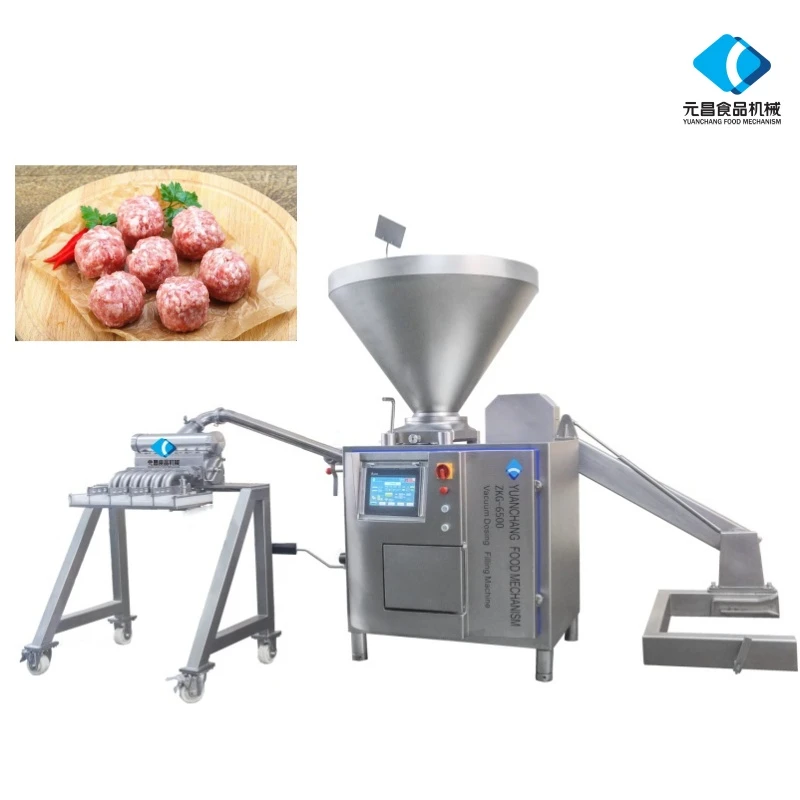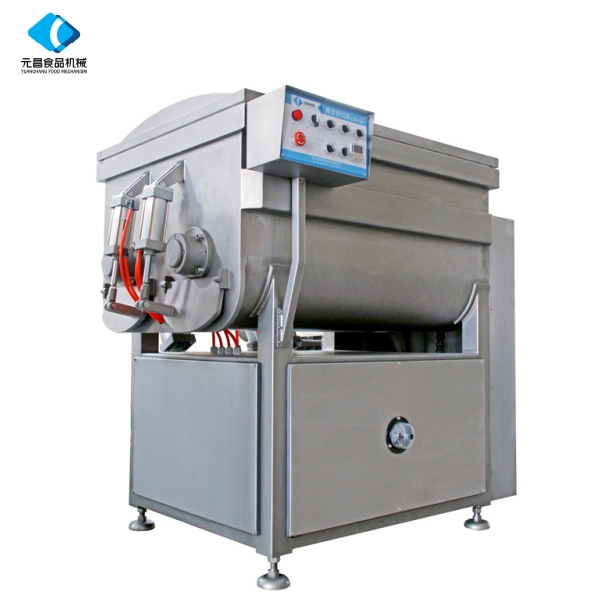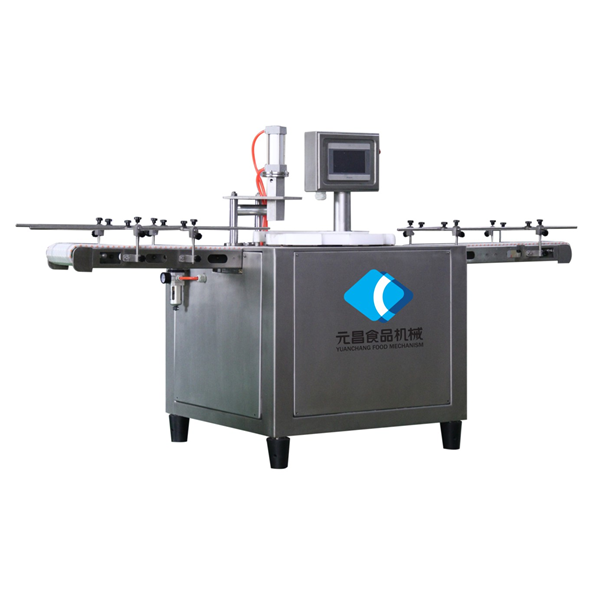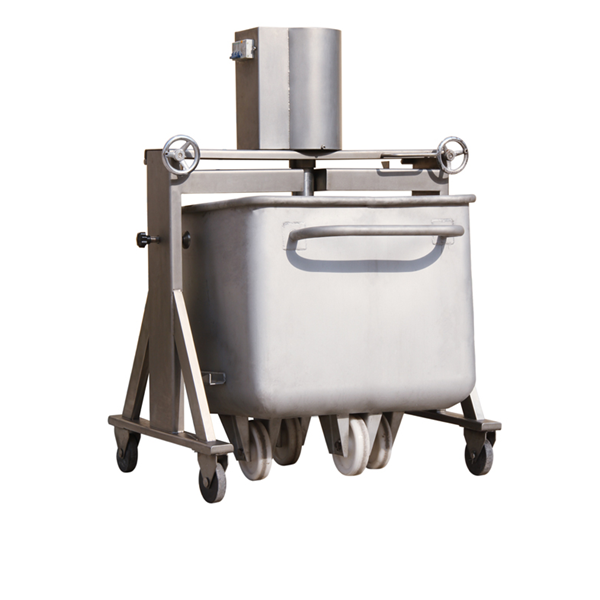Hopper Trolley: Heavy-Duty, Safe, Mobile—Ready to Work?
Electric trailers that make hopper handling sane again
If you run a hopper trolley line in a cold room, you probably know the soundtrack: metal on concrete, stop‑start shoves, and operators nursing sore backs by noon. In the last two years, plants have quietly shifted to powered movers—especially stainless units built for meat buggies—and, to be honest, it’s one of those changes that feels overdue.

What’s different now
The Meat Buggy Electric trailer from Shijiazhuang, Hebei (China) is a purpose-built mover for hopper trolley and meat buggy workflows. Stainless steel construction, sealed electrics, and swappable batteries (lithium‑ion or lead‑acid) mean it lives happily from −20°C blast rooms to 60°C washdowns. The interesting part, surprisingly, is not just power—it’s consistent pace, gentle starts, and fewer repetitive bends. Many customers say operators “just stop fighting the floor.”
Quick spec snapshot
| Product | Meat Buggy Electric trailer (food-industry electric mover) |
| Material | Stainless steel (SUS304 main body; 316L optional for aggressive cleaners) |
| Operating temp | ≈ −20°C to 60°C (real‑world use may vary) |
| Battery options | Detachable lithium‑ion or lead‑acid; hot‑swap packs |
| Typical runtime | 6–8 h per pack at mixed duty (≈) |
| Hygiene design | Smooth welds, radiused edges, food‑grade lubricants; washdown‑friendly |
| Use case | Meat buggy / hopper trolley transport, staging, and line feeding |
Where it shines
- Cold rooms and chill docks: predictable traction with food‑grade wheels.
- Boning/trim lines: steady, low‑speed creep for safe docking to lifts.
- Cooked rooms and washdown zones: stainless frame, sealed controls.
- Multi-shift plants: quick battery swaps to avoid idle time.
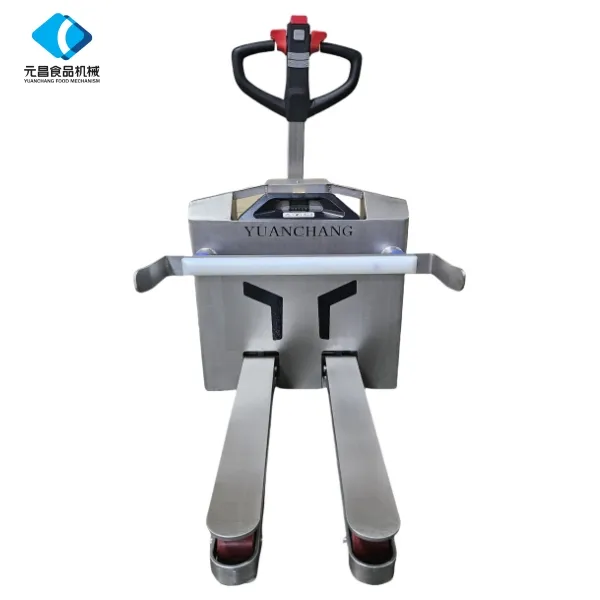
How it’s built and verified
Materials and methods: TIG‑welded SUS304 chassis; bead‑blasted finish; passivation; sealed loom; food‑grade fasteners. Batteries are caged and tool‑less to swap. Control logic limits jerk on start/stop—operators notice the difference, actually.
Test regimen (typical plant acceptance): static load and tow tests; cold‑start at −20°C; spray‑down exposure; basic IP checks on enclosures; salt‑spray per ASTM B117 (≈48–96 h, when specified); battery transport tests to UN 38.3. In one set of factory trials, duty cycles reached ≈20 km cumulative towing with 500–800 kg buggy loads without thermal faults.
Service life: 5–8 years is common with quarterly maintenance; chains and wheels are wear items. Industries: red meat, poultry, seafood, pet food, and even bakery proofing carts (yes, I’ve seen it).
Vendor landscape (pragmatic view)
| Vendor | Hygiene design | Battery choice | Lead time | Certs (indicative) |
|---|---|---|---|---|
| YC Meat Mech (Hebei) | Stainless, passivated, smooth welds | Li‑ion or lead‑acid, swappable | Around 4–8 weeks | UN 38.3, CE‑ready components |
| Local Fabricator | Varies; often painted steel | Lead‑acid common | 2–6 weeks | Basic electrical compliance |
| Global Brand | High polish; premium seals | Li‑ion dominant | 8–12 weeks | CE/UKCA, documentation depth |
Customization that actually matters
- Hook geometry matched to your hopper trolley or buggy lip.
- 316L upgrade for aggressive foaming cleaners.
- Speed caps by area (chill vs. corridor), key or PIN access.
- Battery chemistry choice by shift pattern and charging policy.

A quick case from the floor
At a Hebei poultry plant, three units replaced manual pushes over 120 m routes between marination and packing. After one month, near‑miss reports related to overexertion dropped to zero, and throughput on the same path rose ≈14%—mostly thanks to steadier, no‑drama movement. Operators told me, “less back ache, more focus.” It’s not magic; it’s paced power and decent ergonomics.
Compliance notes
Design aligns with hygienic machinery principles (EN 1672‑2 / ISO 14159). Battery packs are commonly validated to UN 38.3; lithium variants target IEC 62133‑2. Enclosure protection is selected to suit washdown practices; check your IP and detergent requirements during FAT/SAT to avoid surprises.
References
- ISO 14159: Safety of machinery — Hygiene requirements for the design of machinery. https://www.iso.org/standard/24241.html
- EN 1672‑2: Food processing machinery — Basic concepts — Hygiene requirements. https://standards.cencenelec.eu
- UN Manual of Tests and Criteria, Part III, Sub‑section 38.3 (UN 38.3). https://unece.org
- IEC 62133‑2: Secondary cells and batteries containing alkaline or other non‑acid electrolytes. https://webstore.iec.ch
- ASTM B117: Standard Practice for Operating Salt Spray (Fog) Apparatus. https://www.astm.org/b0117-19.html
-
Discover the Benefits of Vacuum Marinating Machines for Efficient Food ProcessingNewsNov.24,2025
-
The Ultimate Guide to Commercial Chicken Scalders: Efficiency, Sustainability & InnovationNewsNov.23,2025
-
Chicken Harvesting Equipment: Efficient & Humane Solutions for Poultry ProducersNewsNov.22,2025
-
Comprehensive Guide to Meat Processing Plant Equipment | Efficiency, Safety & SustainabilityNewsNov.21,2025
-
Meat Processing Bins: Durable Solutions for Safe & Efficient Meat Handling WorldwideNewsNov.20,2025
-
Best Commercial Marinating Machines for Meat Processing | Efficient & ScalableNewsNov.20,2025





